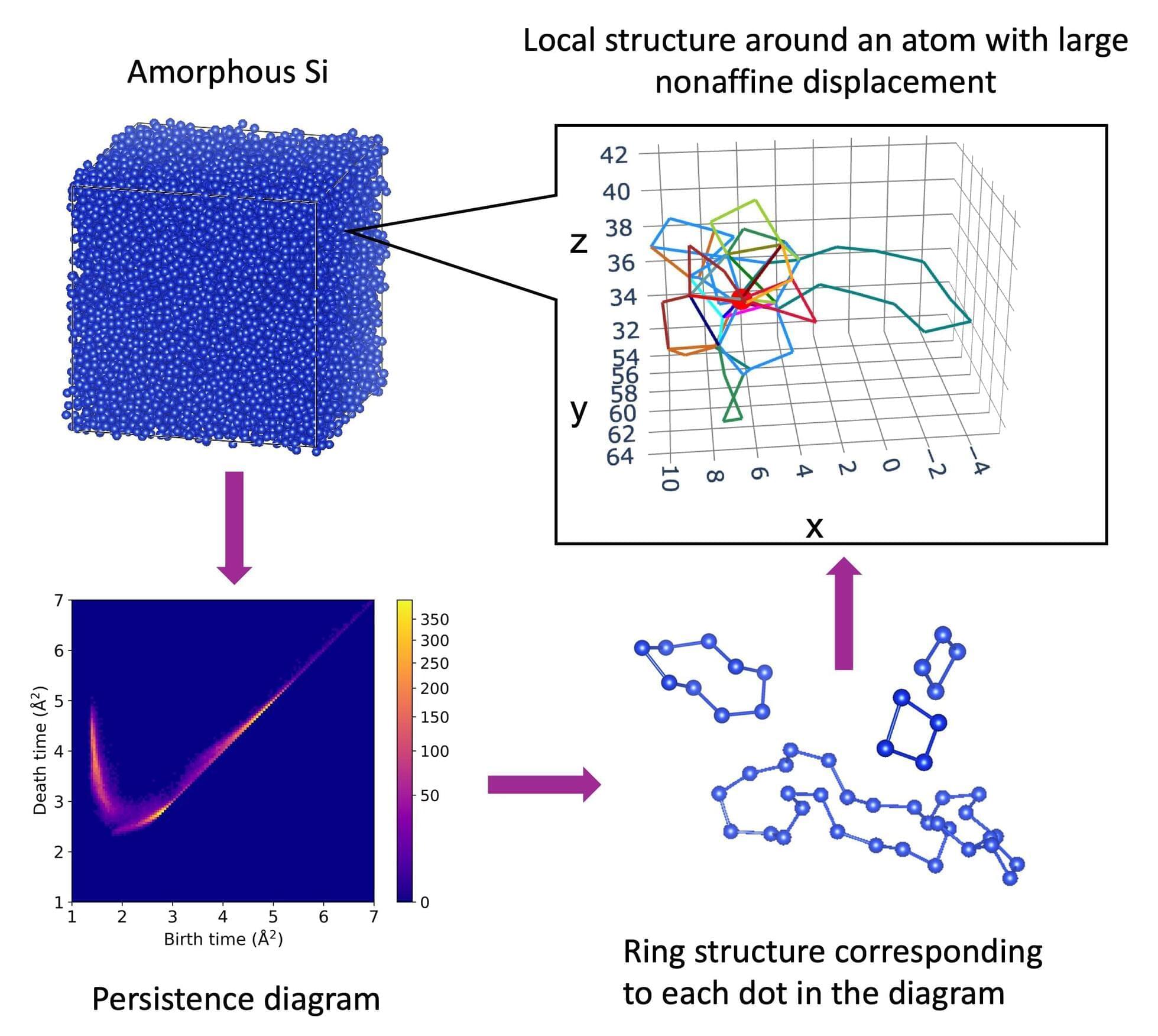Using a relatively young theory, a team of mathematicians has started to answer questions whose roots lie at the very beginning of mathematics.



The precise imaging of many-body systems, which are comprised of many interacting particles, can help to validate theoretical models and better understand how individual particles in these systems influence each other. Ultracold quantum gases, collections of atoms cooled to temperatures close to absolute zero, are among the most promising experimental platforms for studying many-body interactions.
To study these gases, most physicists use a technique known as single atom –resolved imaging, which allows them to detect individual atoms and probe correlations in their behavior. Despite its advantages, this imaging method has a relatively low resolution, thus it fails to pick up a system’s subtler features.
Researchers at Heidelberg University recently devised a new strategy to magnify atomic wave functions, offering a mathematical description of the system’s quantum state, which could help to overcome the limitations of conventional single-atom imaging techniques.

Why do glass and other amorphous materials deform more easily in some regions than in others? A research team from the University of Osaka, the National Institute of Advanced Industrial Science and Technology (AIST), Okayama University, and the University of Tokyo has uncovered the answer.
By applying a mathematical method known as persistent homology, the team demonstrated that these soft regions are governed by hidden hierarchical structures, where ordered and disordered atomic arrangements coexist.
Crystalline solids, such as salt or ice, have atoms neatly arranged in repeating patterns. Amorphous materials, including glass, rubber, and certain plastics, lack this long-range order. However, they are not completely random: they possess medium-range order (MRO), subtle atomic patterns that extend over a few nanometers.

The Irish mathematician and physicist William Rowan Hamilton, who was born 220 years ago last month, is famous for carving some mathematical graffiti into Dublin’s Broome Bridge in 1843.
But in his lifetime, Hamilton’s reputation rested on work done in the 1820s and early 1830s, when he was still in his twenties. He developed new mathematical tools for studying light rays (or “geometric optics”) and the motion of objects (“mechanics”).
Intriguingly, Hamilton developed his mechanics using an analogy between the path of a light ray and that of a material particle.

We release Code World Model (CWM), a 32-billion-parameter open-weights LLM, to advance research on code generation with world models. To improve code understanding beyond what can be learned from training on static code alone, we mid-train CWM on a large amount of observation-action trajectories from Python interpreter and agentic Docker environments, and perform extensive multi-task reasoning RL in verifiable coding, math, and multi-turn software engineering environments. With CWM, we provide a strong testbed for researchers to explore the opportunities world modeling affords for improving code generation with reasoning and planning in computational environments. We present first steps of how world models can benefit agentic coding, enable step-by-step simulation of Python code execution, and show early results of how reasoning can benefit from the latter.

The Irish mathematician and physicist William Rowan Hamilton, who was born 220 years ago last month, is famous for carving some mathematical graffiti into Dublin’s Broome Bridge in 1843.
But in his lifetime, Hamilton’s reputation rested on work done in the 1820s and early 1830s, when he was still in his twenties. He developed new mathematical tools for studying light rays (or “geometric optics”) and the motion of objects (“mechanics”).
Intriguingly, Hamilton developed his mechanics using an analogy between the path of a light ray and that of a material particle.


Dark Matter remains one of the biggest mysteries in fundamental physics. Many theoretical proposals (axions, WIMPs) and 40 years of extensive experimental search have not explained what Dark Matter is. Several years ago, a theory that seeks to unify particle physics and gravity introduced a radically different possibility: superheavy, electrically charged gravitinos as Dark Matter candidates.
A recent paper in Physical Review Research by scientists from the University of Warsaw and the Max Planck Institute for Gravitational Physics shows that new underground detectors, in particular the JUNO detector that will soon begin taking data, are well-suited to detect charged Dark Matter gravitinos even though they were designed for neutrino physics. Simulations that bridge elementary particle physics with advanced quantum chemistry indicate that a gravitino would leave a signal in the detector that is unique and unambiguous.
In 1981, Nobel Prize laureate Murray Gell-Mann, who introduced quarks as fundamental constituents of matter, observed that the particles of the Standard Model—quarks and leptons—appear within a purely mathematical theory formulated two years earlier: N=8 supergravity, noted for its maximal symmetry. N=8 supergravity includes, in addition to the Standard Model matter particles of spin 1/2, a gravitational sector with the graviton (of spin 2) and 8 gravitinos of spin 3/2. If the Standard Model is indeed connected to N=8 supergravity, this relationship could point toward a solution to one of the hardest problems in theoretical physics — unifying gravity with particle physics. In its spin ½ sector, N=8 supergravity contains exactly 6 quarks (u, d, c, s, t, b) and 6 leptons (electron, muon, taon and neutrinos), and it forbids any additional matter particles.

Quantum computers, computing systems that process information leveraging quantum mechanical effects, could soon outperform classical computers in various optimization and computational tasks.
To enable their reliable operation in real-world settings, however, engineers and physicists should be able to precisely control and understand the quantum states underpinning the functioning of quantum processors.
The research team led by Dapeng Yu at Shenzhen International Quantum Academy, Tongji University and other institutes in China recently introduced a new mathematical tool that could be used to characterize quantum states in quantum processors with greater accuracy.
This is a ~50-minute talk titled “Substrate-dependent mathematics hypothesis” by Olaf Witkowski (https://olafwitkowski.com/), presented for our Platonic Space symposium (https://thoughtforms.life/symposium-on-the-platonic-space/).